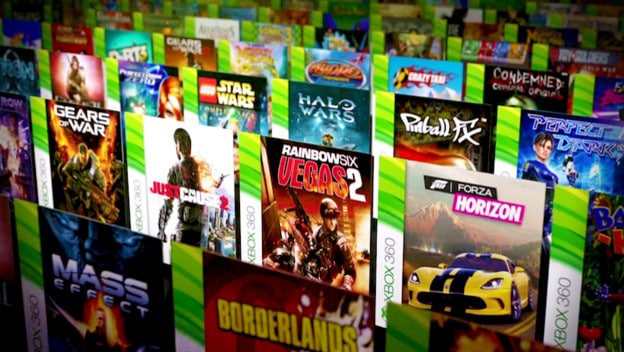As a new console generation is dawning in 2020, one question is at the forefront of everyone’s minds. It’s the same question they wondered with both the PlayStation 4, Xbox One, PlayStation 3, and Xbox 360. Will I be able to play my old games on the new console?
I can already hear one of friends saying, “Old game is old,” and while that is true, many still want the possibility of playing older games. It doesn’t matter if they never actually do; they simply want the option available to them.
This is especially true for those who have a massive backlog of games. They may not be able to hook up all of their old consoles up to their TVs, which is why they want the all-in-one solution. Why do I want to invest in this new console that doesn’t have an enticing library yet—because face it, none of them do for a while—if it can’t play the enticing library I already own?
Both the PlayStation 4 and Xbox One released without an ounce of backwards compatibility. Sony introduced the PlayStation Now service as a substitute to stream older games, and then it started to bring more PlayStation and PlayStation 2 games to the PlayStation Network. However, both options required PS4 owners to spend additional money to play games they already own.
Microsoft came up with a different solution, one that is the best and most ideal. Over time, the company worked with previous game developers to make the Xbox 360 games backwards compatible with the Xbox One. Players didn’t have to repurchase their games. They could redownload their digital games onto the Xbox One and use their old discs.
Now that Microsoft has set this precedent, consumers are going to expect the same backwards compatibility treatment for the next generation of Xbox.
But what can we expect from Sony? Is it going to continue pushing their PlayStation Now service to stream PS4 games? Or, are PlayStation 5 owners going to run through another gamut of remasters and ports? For me, with my large (and pathetic) backlog of PlayStation 4 games, I’m not going to be in any hurry to invest in a PlayStation 5 if it’s not backwards compatible with PS4 games. I know I’m not alone in these thoughts either.

As excited as many people are for the next generation, the promise of backwards compatibility is still very important. It’s important to those with a large PS4 library who still want some mileage out of their investment. It’s important to those who still want to play PS4 games and don’t want to wait for a remaster.
Nintendo owners, on the other hand, have just given up on backwards compatibility since the days of the Wii, which could play GameCube titles. The Wii U took that away, although it remained compatible with Wii games. This never felt like true backwards compatibility, since the Wii U never once felt like it was a separate generation from the Wii. Now that the Switch has gone cartridge and digital, there is no backwards compatibility at all, at least not yet. Even if that does happen, it will be PlayStation-esque in that players will have to buy the games again, digitally. Or they’ll have to subscribe to a higher tier of Nintendo Online membership.
We want to look toward the future of video games, but we don’t want to have to let go of the past to do so, either.
